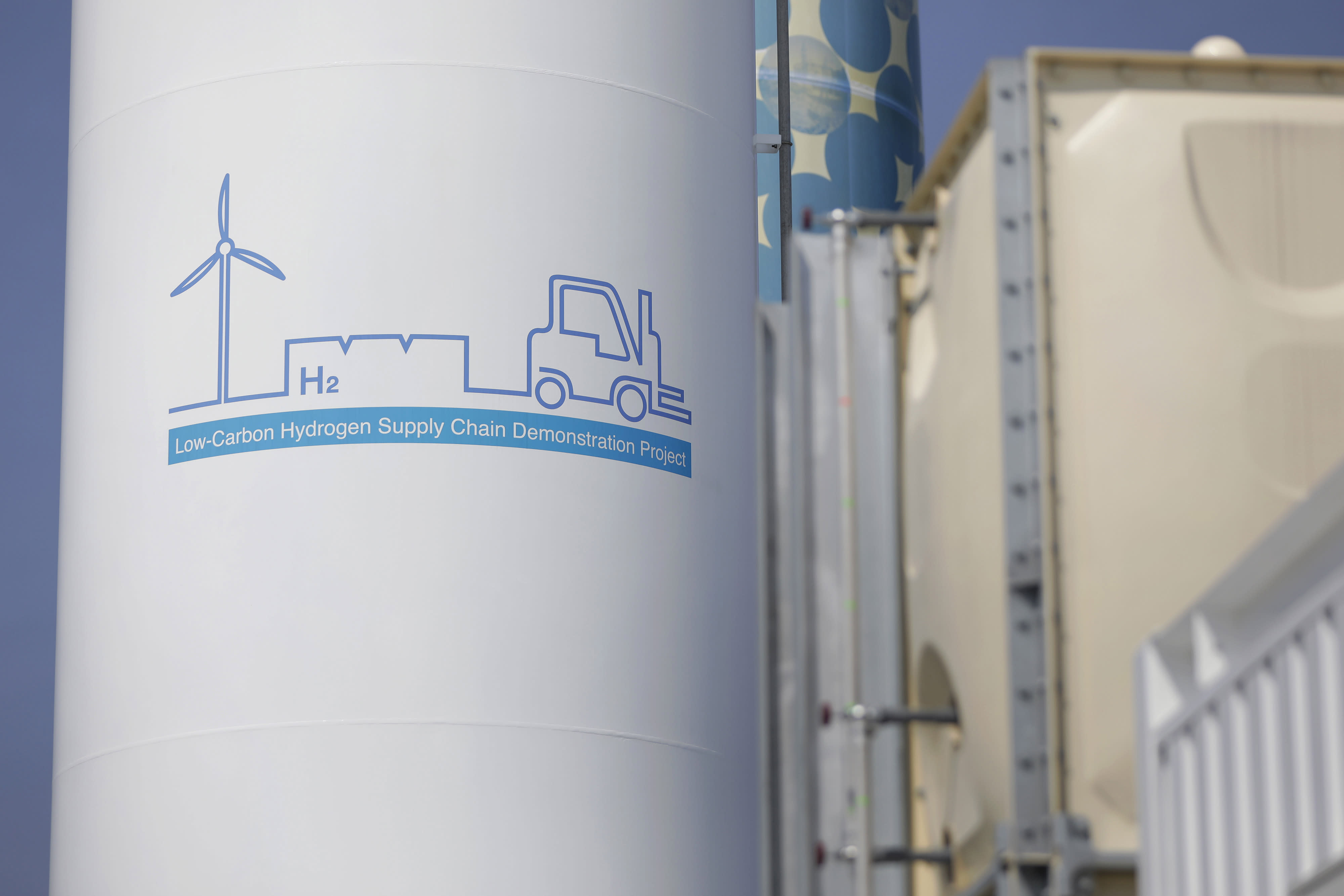Australia and the Middle East could lead exports of ‘green’ hydrogen, new report says

Australia and the Middle East have the greatest potential to be major exporters of “green” hydrogen in the coming years, according to an analysis by energy consultancy Wood Mackenzie.
Green hydrogen is produced using renewable energy instead of fossil fuels. It can be used as a clean power source for sectors such as manufacturing and transportation — but it is expensive to produce and difficult to transport.
Still, an expected surge in demand for low-carbon hydrogen — which includes green hydrogen — has prompted several countries to announce plans to build hydrogen exporting capabilities. Nearly 60% of such projects are in Australia and the Middle East, Wood Mackenzie said in a report.
Australia vs. Middle East
Both Australia and the Middle East are near potential major importers in Northeast Asia and Europe, said Prakash Sharma, the consultancy’s head of markets and transitions in Asia-Pacific.
“The proximity is going to help … Australia is close to the Northeast Asian market but also Middle East could go anywhere in both directions — it could go to Europe and it could also potentially go to the Northeast Asia market,” Sharma told CNBC’s “Squawk Box Asia” on Thursday.
The main question is which market can overcome the cost and challenges of transporting hydrogen, especially over long distances, he added.
“I think companies and countries have mastered the on-site production, but I think when it comes to the logistical challenge, it could be anyone’s game,” he said.
Australia has an edge in exporting green hydrogen to Northeast Asia given its existing trading relationship with the region, said Sharma. The country is already a major exporter of various natural resources and minerals, and has vast potential for renewable energy, he added.
Hydrogen: a gamechanger?
Demand for low-carbon hydrogen could rise six-fold to as high as 530 million tonnes by 2050 — if countries keep global warming within 1.5 degrees Celsius above pre-industrial levels, said Wood Mackenzie.
Almost 150 million tonnes of that low-carbon hydrogen demand could be shipped via sea, said the consultancy. Northeast Asia could account for about 55% of that seaborne hydrogen trade, while Europe could make up 16%, it projected.
Despite its potential, wider adoption of green hydrogen still faces obstacles.
Christian Bruch, chief executive of Siemens Energy, said during CNBC’s Sustainable Future Forum last week that there is “no commercial case” for using green hydrogen at the moment.
But Wood Mackenzie said hydrogen could be a “gamechanger” in global efforts to slash carbon emissions and enhance energy security.
The costs of producing green hydrogen are expected to fall as the technology improves and renewable electricity costs decline, said the consultancy. That will help nudge producers toward the clean energy source, it added.




